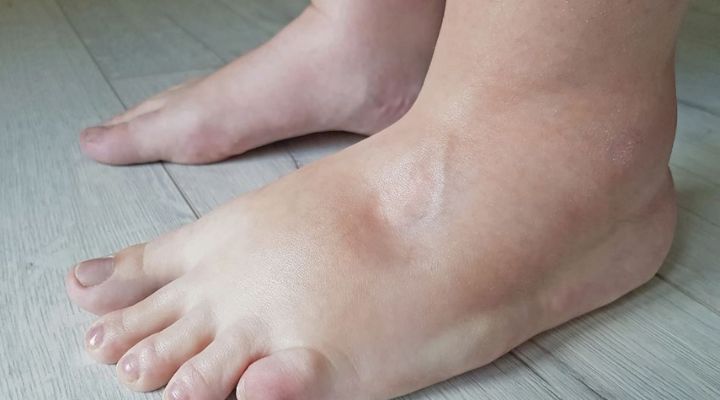Cause 6: Dietary Factors
Your diet plays a crucial role in water retention. High carbohydrate intake can cause your body to retain water, as carbohydrates are stored in the muscles and liver as glycogen, which binds with water. Additionally, processed foods and alcohol can contribute to water retention due to their high sodium content and diuretic effects, respectively. Making mindful dietary choices can help reduce water retention.
Reversing Water Retention
Now that we’ve explored the causes, let’s look at effective strategies to reverse water retention. By making simple lifestyle changes, you can reduce swelling and improve your overall health.
Strategy 1: Reduce Sodium Intake
To lower your sodium consumption, start by avoiding processed foods and cutting back on added salt. Read food labels to check for hidden sodium, and opt for fresh, whole foods whenever possible. Incorporate herbs and spices to enhance the flavor of your meals without relying on salt.







